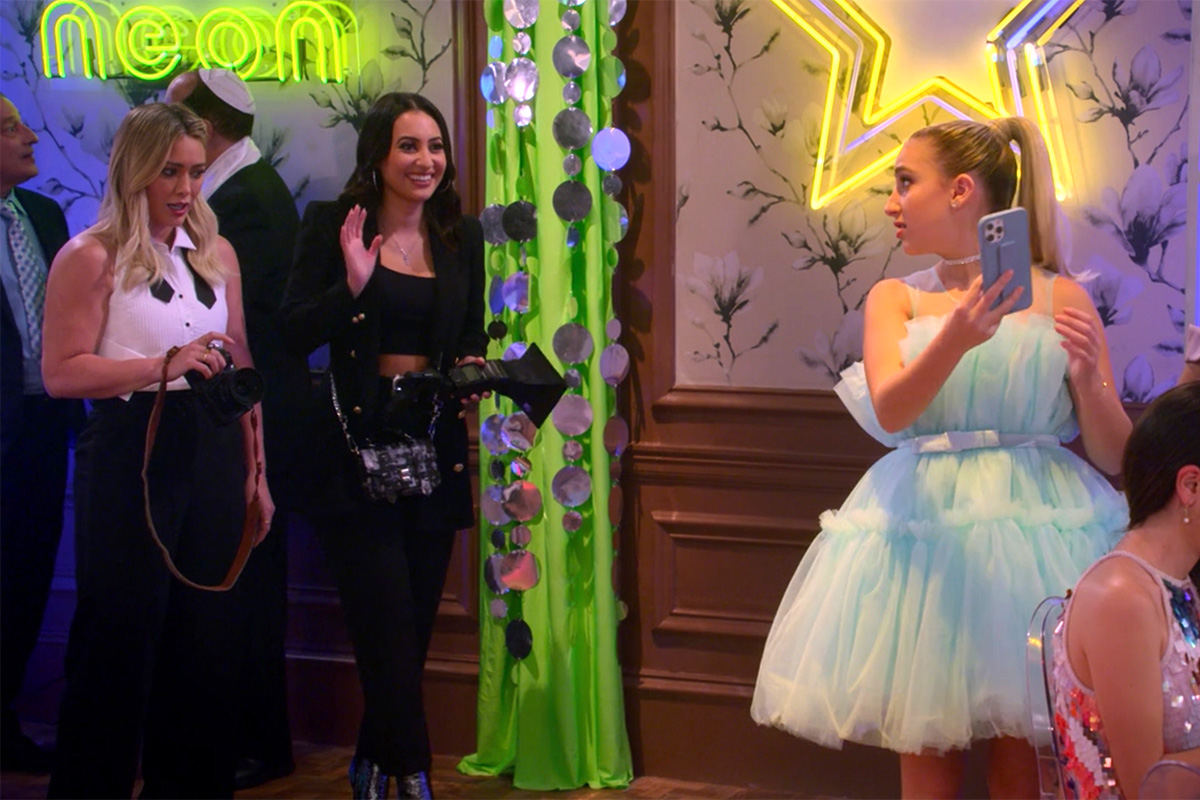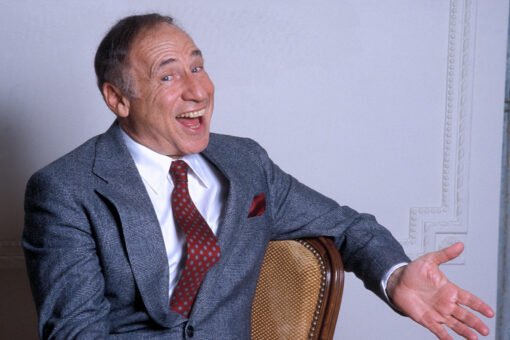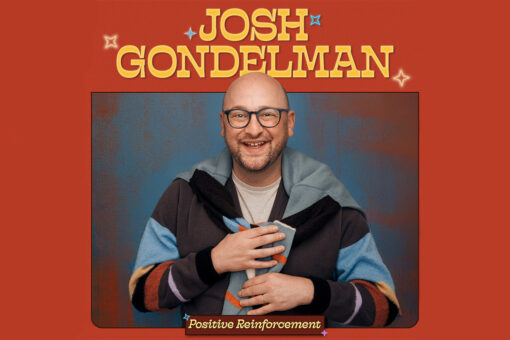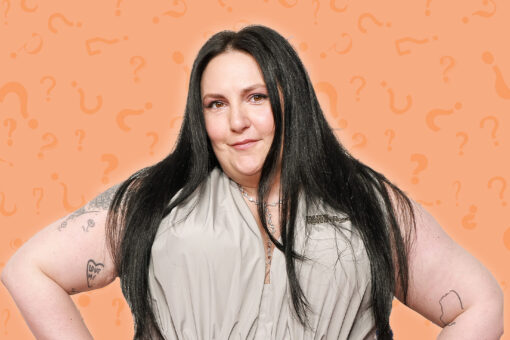I started watching “How I Met Your Mother” at 12 years old — arguably a bit too young considering some of the show’s content — and became obsessed. My bat mitzvah promoted the series through giveaway boxers with, “Hannah’s Bat Mitzvah was legend… wait for it… dary” à la Barney Stinson, as well as centerpieces that included cardboard cutouts of the characters. I have watched the show in its entirety enough times that I know every running gag and major monologue. I can even come up with episode names from a short description (and vice versa). I also attend the school the creators and some of the characters went to (Wesleyan University) and would be lying if I said that the show didn’t play at least a small role in my decision to go there.
However, I’ll also be the first to admit that “How I Met Your Mother” doesn’t age well. Not only are many of its jokes about minorities and women crude and dated, but it is also part of an era of television sitcoms in which the main cast is entirely-white and straight. Additionally, as Sarah Shear points out in her piece “The Erased Jewishness of Ted Mosby,” it has little to no Jewish representation.
Off the bat, “How I Met Your Father” is more inclusive of different races and gender identities. The show, which is a gender-bend spin-off of the original series, follows a group of six diverse young adults who, like the original characters, are navigating life in New York City. Sophie (played by Hilary Duff) is a photographer and lives with her best friend Valentina (played by Francia Raisa). Then there’s Jesse (played by Chris Lowell), an aspiring musician who lives in the original HIMYM apartment with his best friend Sid (played by Suraj Sharma). Jesse’s adoptive sister Ellen (played by Tien Tran) has moved to New York after divorcing her wife and lives with Valentina’s new beau, Charlie (played by Tom Ainsley). And, like the original, the show is narrated by a future version of the main character (future Sophie is played by Kim Cattrall).
This welcome inclusivity also shows up in the Jewish representation on the show. While none of the characters, aside from Sophie’s current fling (played by nice Jewish boy Josh Peck), are canonically Jewish, aspects of Judaism have already appeared in the first eight episodes.
In the pilot, Sophie congratulates Sid and his now-fiancée Hannah on their engagement with a “Mazel tov,” immediately inspiring me to contemplate whether or not her character could indeed be Jewish. After discovering her tomatoes are rotten in the fifth episode, Ellen leaves the apartment in a fit of frustration and finds herself face to face with a platter of freshly sliced, perfect-for-bagels tomatoes, en route to the apartment across the hall. Hoping to snag a few, she finds herself at a shiva of her now-deceased across-the-hall neighbor, Esther Horowitz. There, she pretends to have known Esther in order to get fresher tomatoes, as well as flirt with her granddaughter Rachel.
In the seventh episode, “Rivka Rebel,” Judaism is front and center. At the beginning of the episode, Sophie is approached by “renowned gallerist” Naomi Reisberg to photograph her daughter Rivka’s bat mitzvah, and it’s clear it’s going to be an extravagant one. “My baby only becomes a woman once and this party is a who’s who of New York royalty, so I want every moment captured,” Naomi says. “Lin-Manuel Miranda gives a speech? Photo. Billy Porter eats a lettuce wrap? Photo. Anderson Cooper gets wasted and dances by himself to the new Adele song? Photo Photo Photo.”
The party also has all the hallmarks of a classic bat mitzvah party, complete with neon signs, plastic fedora hats, and glow sticks. When she arrives, Naomi hands Sophie a list of what photos to get, instructing her on the order of priority: “Start with titans of industry, followed by Tony Award winners, then Tony Award nominees, and if you get around to it, friends and family.” The sheer extravagance clearly pokes fun at the absurd lengths many go through for bat mitzvah parties and made me think about some of the more lavish parties I had been to.
Although I attended my fair share of bar/bat mitzvahs throughout my childhood — I went to a Jewish day school after all — I rarely saw bar mitzvahs on screen. However, the state of TV is different now, and in addition to “How I Met Your Father,” other shows such as “Dave,” “Big Mouth,” and “Pen15” have recently woven bar/bat mitzvahs into their plots. In doing so, these shows shed light on — and normalize — a coming of age ceremony that is monumental in Jewish culture. Watching the “How I Met Your Father” bat mitzvah episode was thus satisfying (and obviously amusing).
I was originally apprehensive about “How I Met Your Father” and whether it would really be as legendary as “How I Met Your Mother.” However, the combination of callbacks to the original series and the tidbits of Judaism sprinkled throughout have made me more excited about watching it (and, embarrassingly enough, I tune in right as it airs at midnight). As the series continues — and it will, because it was just renewed for a second season — I’m eager to see how else Judaism will be integrated. After all, they haven’t broached any major Jewish holidays yet. I guess I’ll just have to wait for it.



